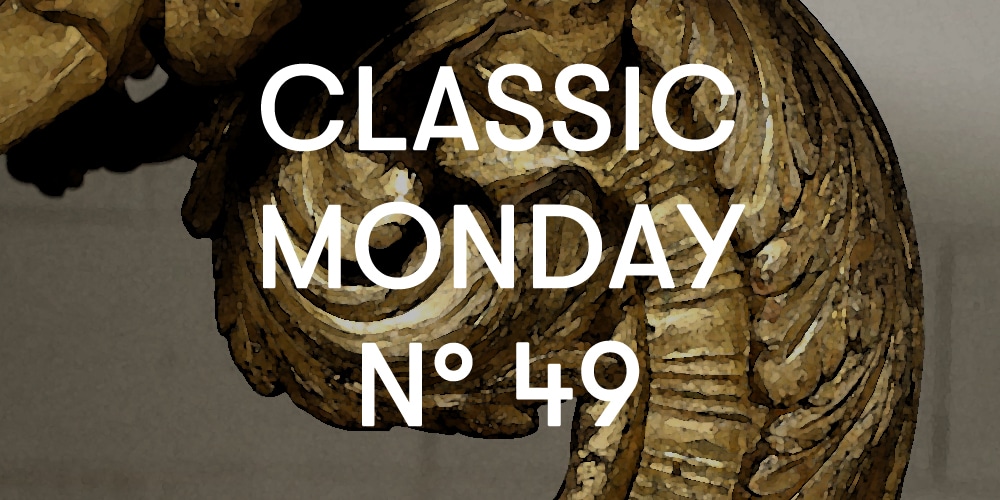
The protagonist of our Classic Monday today is a large neo-baroque table, made at the end of the nineteenth century.
Supported by four opposing “C” legs, richly carved with curls and foliaceous volutes, connected by crossbars also made up of carved curls. The apron on the front and sides is carved and pierced with a central shell from which foliaceous volutes depart.

The nineteenth century was in fact characterized, especially in the second half of the century, by a revival and revival of the styles of the past. In these years, the fashions of previous eras are in fact re-proposed and reworked, often even merging them into the same furnishings, in an absolutely scenographic eclecticism. Of course, the baroque taste is among those that become the object of this recovery, precisely because of the sumptuous effect, made both by the shapes and by the gilding.
The effect of theatricality that was so appreciated in the seventeenth century and at the beginning of the next, is still sought at this chronological height. Furnishings are made that can amaze and impress the observer.

Of course the Baroque, as well as the other styles, are not faithfully resumed, but reworked according to the new needs and the late nineteenth-century taste.
As in our case, where in fact the typical shapes of a console are no longer adapted for a wall table, but from the center, a mode absolutely foreign to the Baroque. But the same curly volutes and leafy carvings are reworked and adapted, losing the strength and architecture that distinguishes Baroque productions.
A further proof of the later period of production are the stuccoes, which in our table have a considerable thickness, especially to facilitate the processing and engraving of the decoration, compared to the certainly more tiring and long engraving directly on the wooden essence.
Mobile certainly appreciated, even in the following century, as evidenced by the replacement of the top, to make it usable even in the middle of the last century. The top is in fact in marble, with stucco inserts and floral paintings; as attested by the label below, however, it was made in the sixties of the twentieth century.
A piece of furniture that, born in the period of eclecticism par excellence, with the changes made in the following years, becomes the spokesman of a new mixture of styles, which still make it a work with a strong scenic sense.













